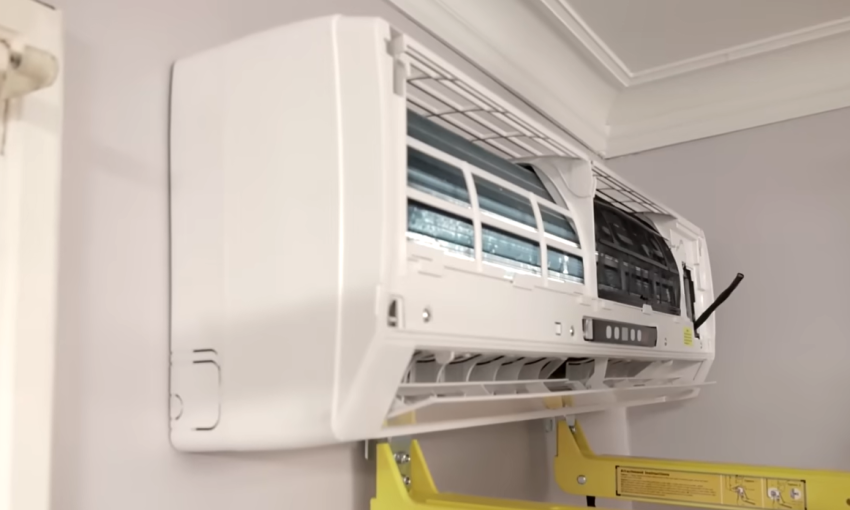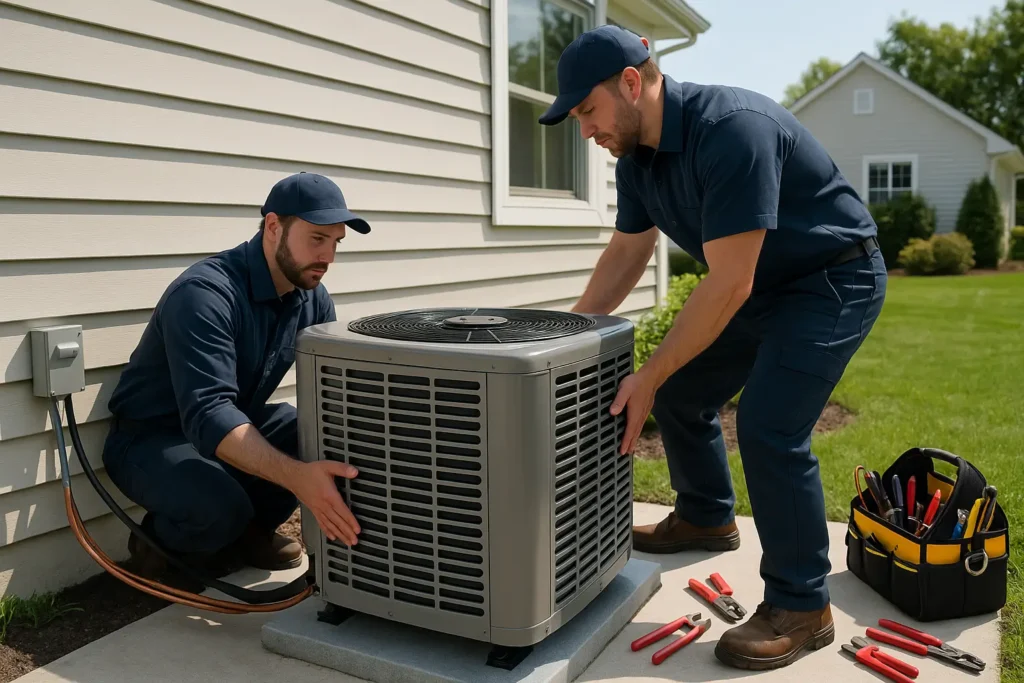Air Conditioner Installation: Your AC Setup

Installing a new air conditioner installation is one of the most important investments you can make for your home’s comfort and energy efficiency. Whether you’re replacing an old unit or installing your first AC system, understanding the installation process can help you make informed decisions and ensure optimal performance for years to come.
Why Professional Air Conditioner Installation Matters
Professional air conditioner installation is crucial for several reasons. First, proper installation ensures your system operates at peak efficiency, reducing energy costs and extending the unit’s lifespan. Incorrect installation can lead to frequent breakdowns, higher utility bills, and premature system failure.
Modern air conditioning systems are complex pieces of equipment that require precise sizing, proper refrigerant handling, and electrical connections that meet local building codes. Professional technicians have the training, tools, and experience necessary to handle these technical requirements safely and effectively.
Pre-Installation Considerations
Before scheduling your air conditioner installation, several factors need careful consideration. The size of your home, insulation quality, ceiling height, and local climate all influence which AC system will work best for your needs.
A professional load calculation determines the correct unit size for your space. An oversized unit will cycle on and off frequently, wasting energy and failing to properly dehumidify your home. An undersized unit will struggle to cool your space effectively, running constantly and driving up energy costs.
Window placement, ductwork condition, and electrical capacity also impact installation requirements. Homes with older electrical systems may need upgrades to handle modern high-efficiency units safely.
Types of Air Conditioning Systems
Several air conditioning system types are available, each with specific installation requirements. Central air systems are the most common choice for whole-home cooling, requiring ductwork and both indoor and outdoor units.
Ductless mini-split systems offer flexibility for homes without existing ductwork or for adding cooling to specific areas. These systems require minimal installation work but need proper placement for optimal air distribution.
Window units provide affordable cooling for individual rooms but require proper window support and weatherproofing. Heat pumps offer both heating and cooling capabilities, making them excellent choices for moderate climates.

The Installation Process
Professional air conditioner installation follows a systematic process to ensure proper setup and optimal performance. The process typically begins with a thorough assessment of your home’s cooling needs and existing infrastructure.
Technicians start by preparing the installation site, which may involve removing old equipment, modifying ductwork, or upgrading electrical connections. For central air systems, the outdoor condenser unit requires a level pad with proper clearance for airflow and maintenance access.
Indoor components, including the evaporator coil and air handler, are carefully positioned and connected to existing ductwork. All refrigerant lines are installed with proper insulation and tested for leaks before the system is charged with refrigerant.
Electrical connections are made according to local codes, and the system undergoes comprehensive testing to ensure all components function correctly. This includes checking refrigerant levels, testing safety controls, and verifying proper airflow throughout the system.
Permits and Code Compliance
Most air conditioner installations require permits to ensure work meets local building codes and safety standards. Professional installers handle permit applications and ensure all work complies with local regulations.
Code compliance covers electrical connections, refrigerant handling, and proper equipment placement. Attempting DIY installation without proper permits can result in fines, insurance issues, and safety hazards.
Cost Factors in AC Installation
Air conditioner installation costs vary based on several factors. System type, size, and efficiency rating significantly impact overall investment. High-efficiency units cost more upfront but provide substantial long-term energy savings.
Installation complexity also affects costs. Homes requiring electrical upgrades, ductwork modifications, or difficult access may incur additional charges. However, proper installation ensures optimal performance and prevents costly future repairs.
Labor costs vary by region and installer experience. While choosing the lowest bid might seem attractive, experienced professionals provide better value through quality workmanship and reliable service.
Maintenance and Warranty Considerations
Professional installation typically includes manufacturer warranties on equipment and installation workmanship. These warranties require proper installation by certified technicians and regular maintenance to remain valid.
Regular maintenance after installation is essential for optimal performance and longevity. This includes changing filters, cleaning coils, and annual professional tune-ups. Many installation companies offer maintenance plans to keep your system running efficiently.
Energy Efficiency and Environmental Benefits
Modern air conditioners are significantly more efficient than older models, with proper installation maximizing these benefits. Professional installation ensures optimal refrigerant levels, proper airflow, and correct system sizing for maximum efficiency.
Energy-efficient systems reduce environmental impact while lowering utility bills. Many high-efficiency units qualify for rebates and tax credits, making professional installation even more cost-effective.
Choosing the Right Installation Company
Selecting a qualified installation company is crucial for successful air conditioner installation. Look for licensed, insured contractors with positive customer reviews and manufacturer certifications.
Experienced installers provide detailed estimates, explain system options clearly, and stand behind their work with comprehensive warranties. They also offer ongoing maintenance services to keep your system running efficiently.
Conclusion
Professional air conditioner installation is an investment in your home’s comfort, energy efficiency, and long-term value. While the upfront cost may seem significant, proper installation ensures optimal performance, lower energy bills, and fewer repair needs over your system’s lifetime.
Working with experienced professionals ensures code compliance, manufacturer warranty protection, and peace of mind knowing your system is installed correctly. Don’t compromise on installation quality – your comfort and savings depend on it.
For expert air conditioner installation services, contact our certified technicians at https://airconditioningrepairtabuk.com/ for a consultation and detailed estimate tailored to your home’s specific needs.
5 Frequently Asked Questions (FAQs)
Q1: How long does air conditioner installation typically take?
A: Most residential air conditioner installations take 4-8 hours, depending on system complexity and any necessary modifications to existing infrastructure. Complex installations requiring electrical upgrades or extensive ductwork may take longer.
Q2: Do I need a permit for air conditioner installation?
A: Yes, most municipalities require permits for AC installation to ensure work meets local building codes and safety standards. Professional installers typically handle permit applications and ensure compliance with all regulations.
Q3: What’s the difference between DIY and professional AC installation?
A: Professional installation ensures proper sizing, code compliance, warranty protection, and safe refrigerant handling. DIY installation risks safety hazards, code violations, voided warranties, and potential system damage that could cost more than professional installation.
Q4: How do I choose the right size air conditioner for my home?
A: AC sizing requires professional load calculations considering your home’s square footage, insulation, ceiling height, window placement, and local climate. Professional technicians use specialized software to determine the optimal system size for efficient operation.
Q5: What maintenance is required after air conditioner installation?
A: Regular maintenance includes monthly filter changes, annual professional tune-ups, and keeping outdoor units clear of debris. Most manufacturers require regular maintenance to maintain warranty coverage, and proper maintenance extends system life significantly.





